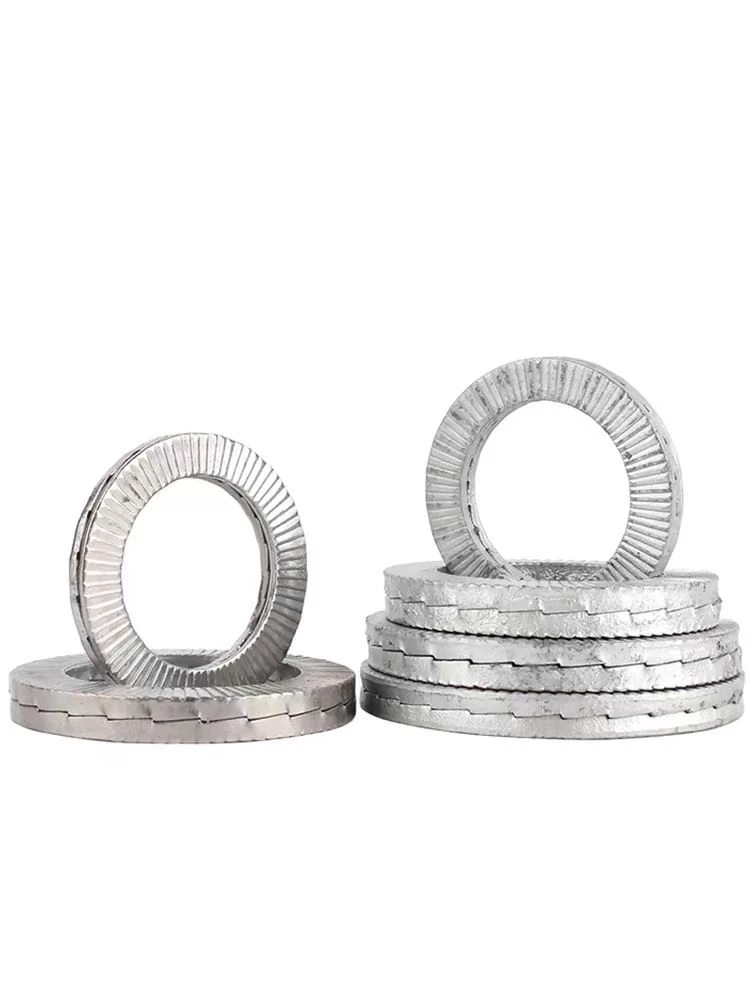

m8 bolt
Sep . 21, 2024 17:23 Back to list
m8 bolt
Understanding M8 Bolts Specifications and Applications
M8 bolts are integral components in various engineering and construction applications, widely recognized for their versatility and strength. The designation M8 refers specifically to the diameter of the bolt, which is 8 millimeters. This metric classification is part of a standardized system used globally, particularly in Europe, where metric measurements are prevalent.
.
M8 bolts are commonly made from different materials, including carbon steel, stainless steel, and alloy steel. Carbon steel M8 bolts are popular due to their strength and cost-effectiveness, but they may be prone to rust unless properly coated or treated. Stainless steel M8 bolts, on the other hand, offer excellent corrosion resistance, making them suitable for outdoor applications and environments exposed to moisture.
m8 bolt

In terms of strength, M8 bolts can be classified into several grades, with the most common being 8.8, 10.9, and 12.9, where the numbers represent the yield and tensile strength of the bolt. Grade 8.8 is often used in general applications, while higher grades, such as 10.9 and 12.9, are employed in situations that demand higher load-bearing capacities, such as automotive, machinery, and structural applications.
The installation of M8 bolts requires attention to detail, particularly in terms of torque specifications. Proper torque ensures that the bolt is neither too loose, risking failure, nor too tight, which can lead to stripping of threads or damaging the materials being fastened. It's essential for engineers and technicians to refer to the manufacturer's specifications when tightening M8 bolts.
In conclusion, M8 bolts are a crucial component in various mechanical and structural assemblies. Their standardized size, threading, and availability in different materials and grades make them suitable for an array of applications, from construction to automotive industries. Proper selection and installation are vital to ensure the safety and reliability of the structures they help build.
Latest news
-
Hot Dip Galvanized Bolts-About LongZe|High Strength, Corrosion Resistance
NewsJul.30,2025
-
High-Strength Hot Dip Galvanized Bolts - Hebei Longze | Corrosion Resistance, Customization
NewsJul.30,2025
-
Hot Dip Galvanized Bolts-Hebei Longze|Corrosion Resistance&High Strength
NewsJul.30,2025
-
High-Strength Hot-Dip Galvanized Bolts-Hebei Longze|Corrosion Resistance&High Strength
NewsJul.30,2025
-
Hot Dip Galvanized Bolts-Hebei Longze|Corrosion Resistance&High Strength
NewsJul.30,2025
-
Hot Dip Galvanized Bolts - Hebei Longze | Corrosion Resistance, High Strength
NewsJul.30,2025

